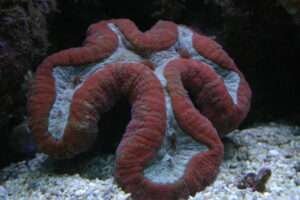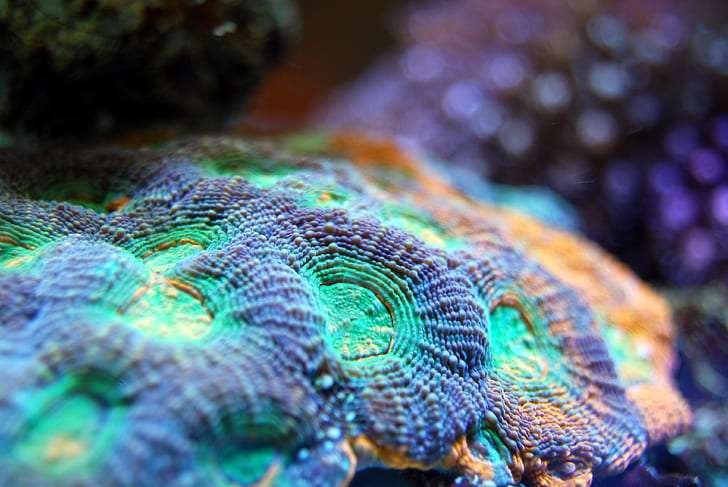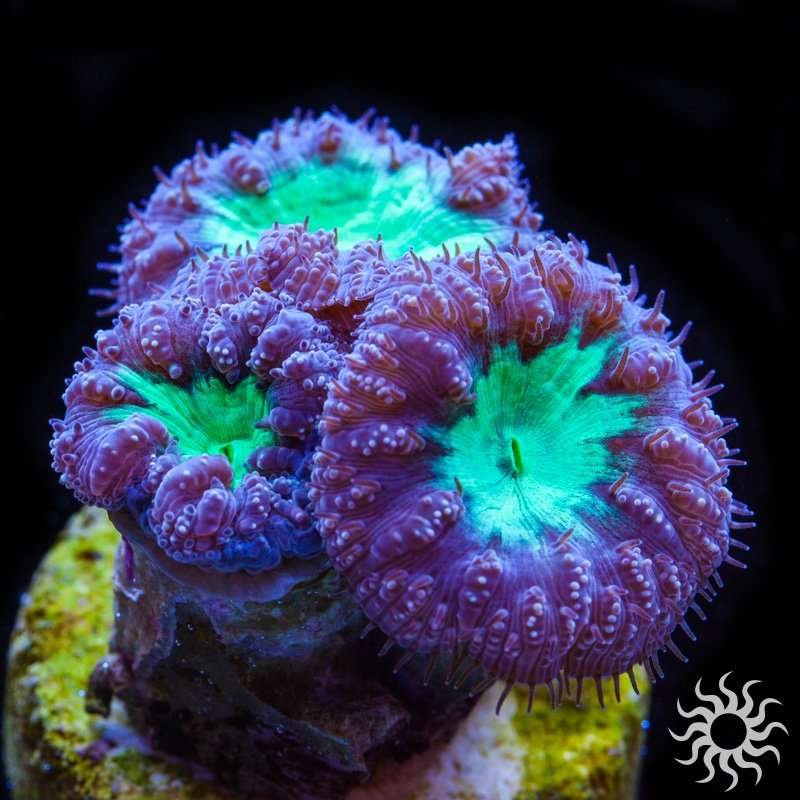LOBOPHYLLIA CORAL

Putting lights on LOBOPHYLLIA CORAL
It’s good for LPS corals when the light level is between 150 and 200 par. Corals can get hurt by too much light, so be careful. We believe LPS corals do better when there is less light on them.
FOOD
For food, small groups of mysis and brine shrimp can be used to feed Lobophyllia corals. You can make some food and use a baster to gently squeeze it close to the corals’ lips. After 10 minutes of not moving, do this. Lobophyllia corals will catch and eat most of the food in the sea. Like most corals, they get their food from the water. If you give them the right amount, they will do well. This is how we do things: “high input, high output.”
Flow
The water should move around a bit so that the coral stays clean and its polyps can find food. A coral may not be able to catch food if there is too much flow, especially if it is straight and strong.
How Hard
It can be hard to keep Lobophyllia corals alive. They don’t show up very often in farming, so it might be hard to be successful in the long run. This kind of coral grows slowly and is hard to move from one spot to another. Their cells aren’t strong, so they can get hurt. Still, these corals can do well in a tank as long as they get enough food, light, flow, and cleaning.
Cost
Lobophyllia can cost a good amount of money or a lot of money. These corals come in a huge range of bright colors, from orange to blue to red and more. They’re often sold in groups called “wild colonies,” and they look great in reef tanks. But because they are hard to grow in aquaculture and only come in small amounts, they tend to have high prices. Coral lovers may not like them as much as other types, but those who do think they are beautiful animals do.
ZONE OF COLLECTION: Asia and the Pacific
SCIENTIFIC NAME
Lobophyllia is the name of a group of large, hard corals. They are also known as lobo coral or lobed brain coral. Sometimes, you can find these corals in reef tanks.
TEMPERATURE
Corals normally grow in water that is 82 °F (28 °C) warm, but they can survive in water as cold as 77 °F (77 °C) or as hot as 84 °F (84 °C).
The pH level should be between 8.0 and 8.4. For 24 hours, it should be between 8.2 and 8.3.
Try to keep the nitrate level steady and try for a range of 5 to 10.
Phosphate: Aim for a level between 0.05 and 0.1 and try to keep it steady.
For best results, keep the alkalinity level between 8 and 9 dKh.
Calcium levels should be between 400 and 450.
Learn More About Lobophyllia Corals
They are Lobophylliidae corals, which means they are large polyp stonies (LPS). You may also hear them called “brain corals,” “lobed brain corals,” and “lobed cactus corals.” They’re different sizes and forms.
Between 150 and 200 PAR is the best range of light for these corals. They also like water flows that are low to average. A type of photosynthetic algae called zooxanthellae feeds them in a way called symbiosis. To keep them healthy, check on them often and add calcium, strontium, and other small amounts of iron as required. Corals may be able to eat brine or Mysis shrimp, which are meaty things, as long as their stalks are still there.
Lobophyllia corals can be mean at night, and their stalks can hurt other corals close. You should make sure they have enough space to grow and do well.


